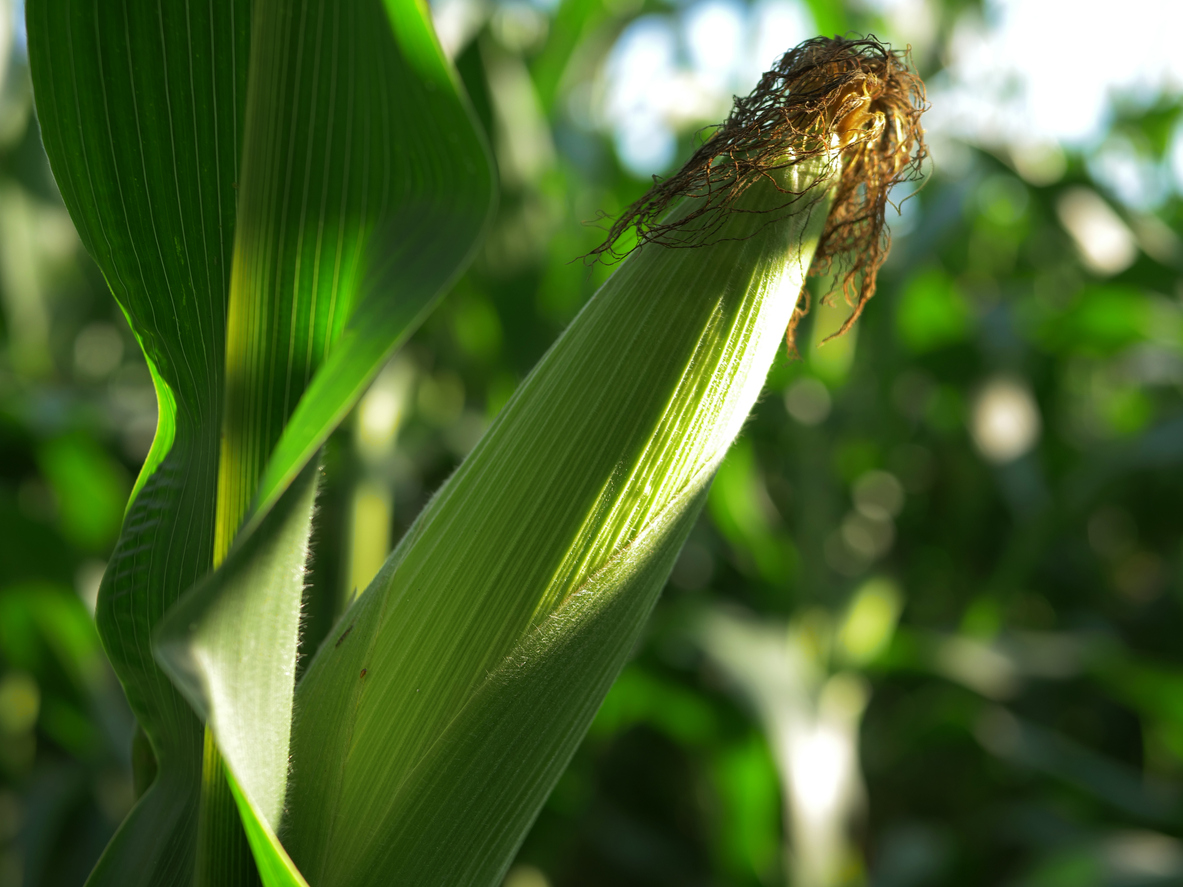Planting Small Grains Tips

Local farmers had excellent wheat yields this year and with higher wheat prices, wheat can be a profitable enterprise. The war with Russia and Ukraine continues to keep wheat prices higher than normal. For crop rotation purposes, adding wheat may reduce weed populations and some diseases. If wheat is planted and harvested in a timely manner, it is possible to double crop soybeans or grow a cover crop. Farmers also have the option of baling straw as another enterprise. Wheat and other small grain crops like barley, cereal rye, oats all have some possibilities for expanding the crop rotation and giving an alternative crop to harvest. For high yields, early planting is critical to get the crop off to a good start. Winter wheat is generally planted in September and it is not recommended before the Hessian Fly free date (From September 22 in Northern Ohio to October 5th in Southern Ohio). In Ohio, best results are wheat planted within 10 days of the Hessian Fly free date for each coun...


